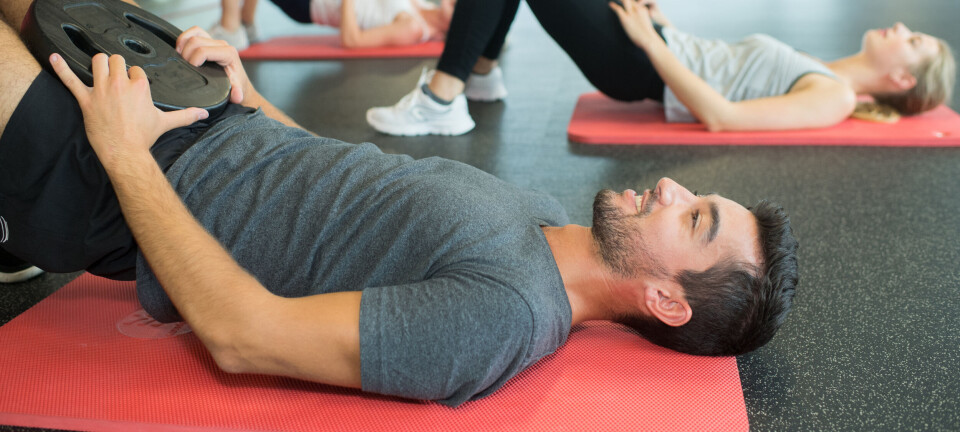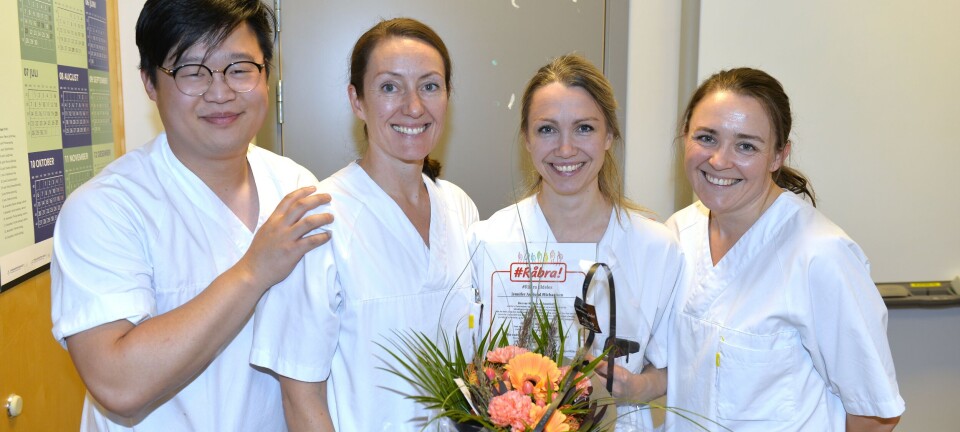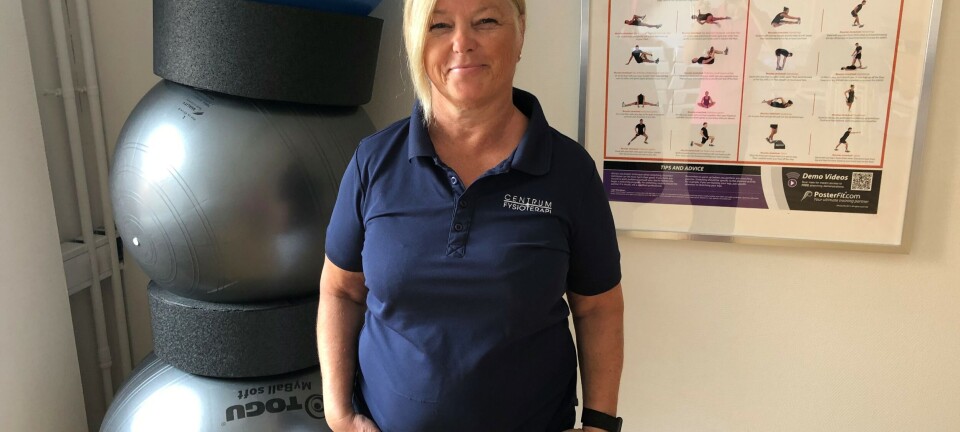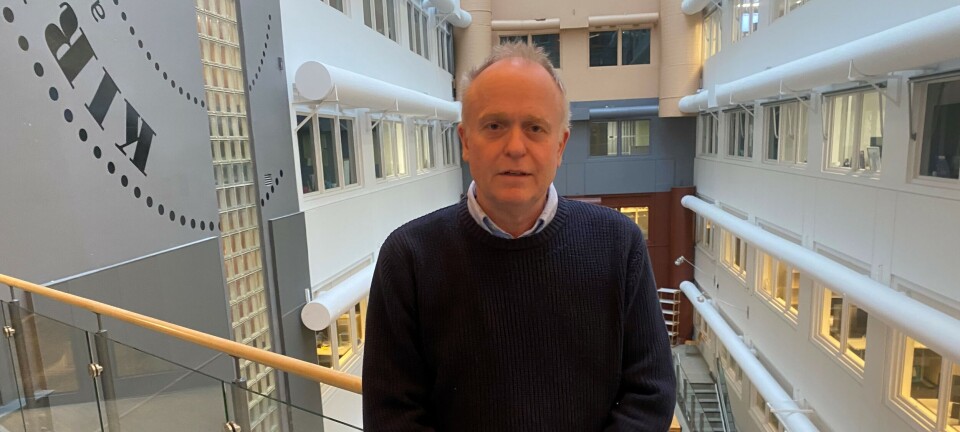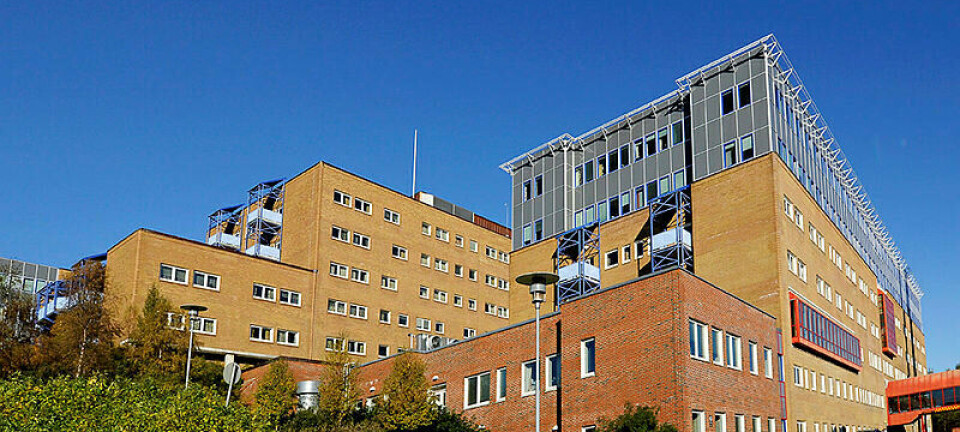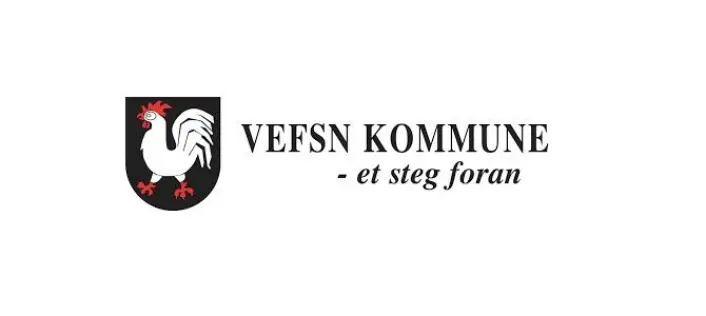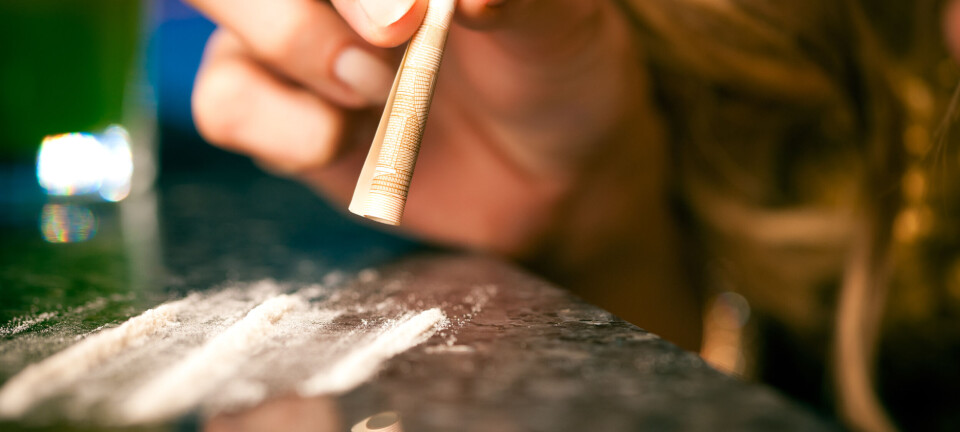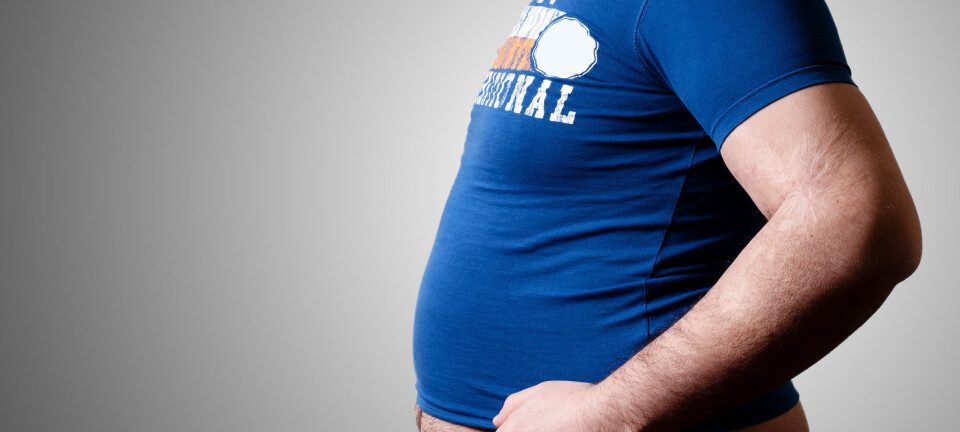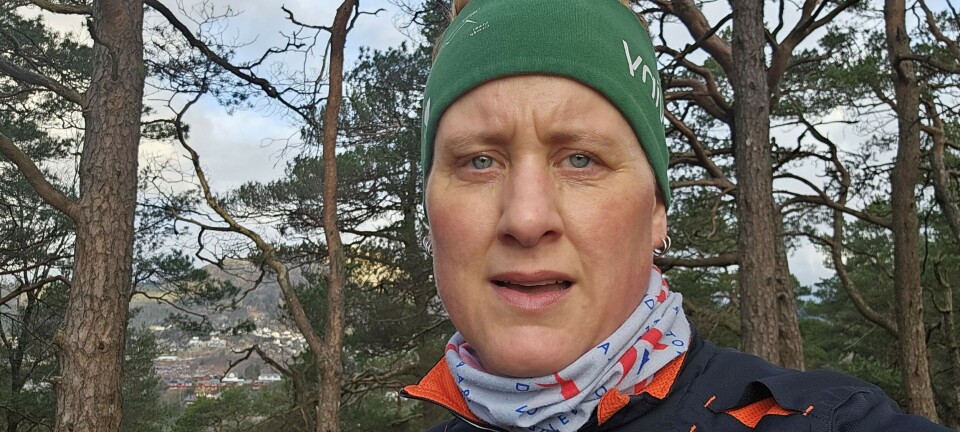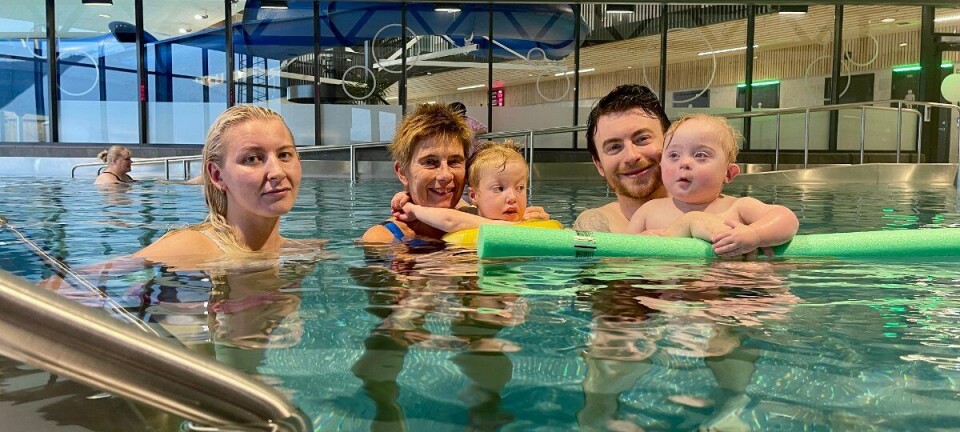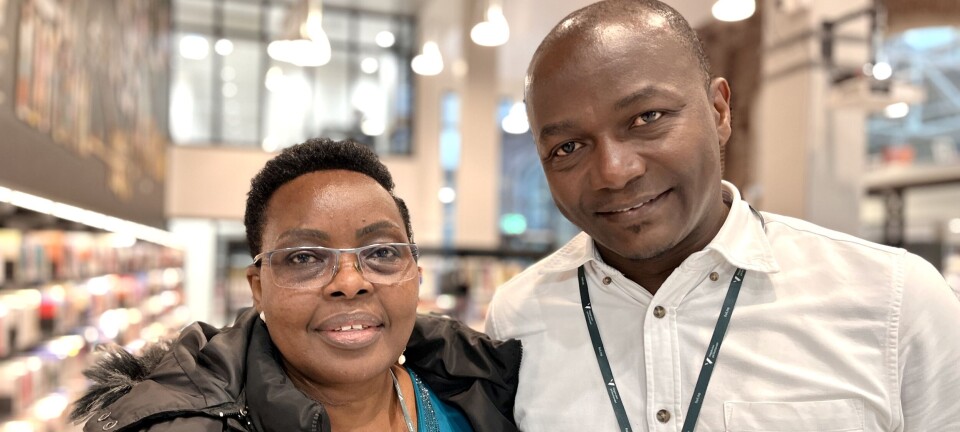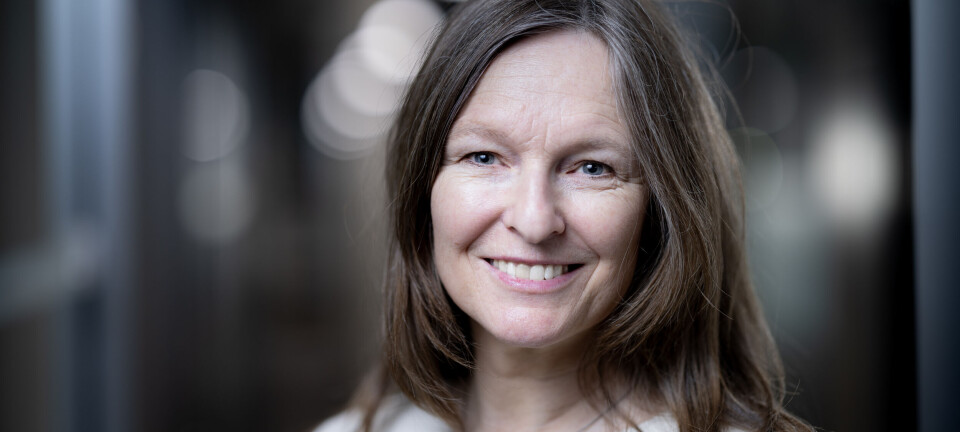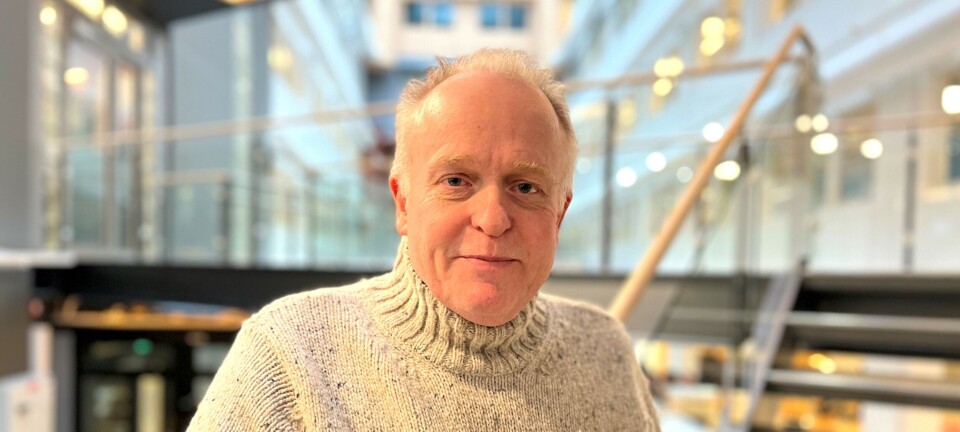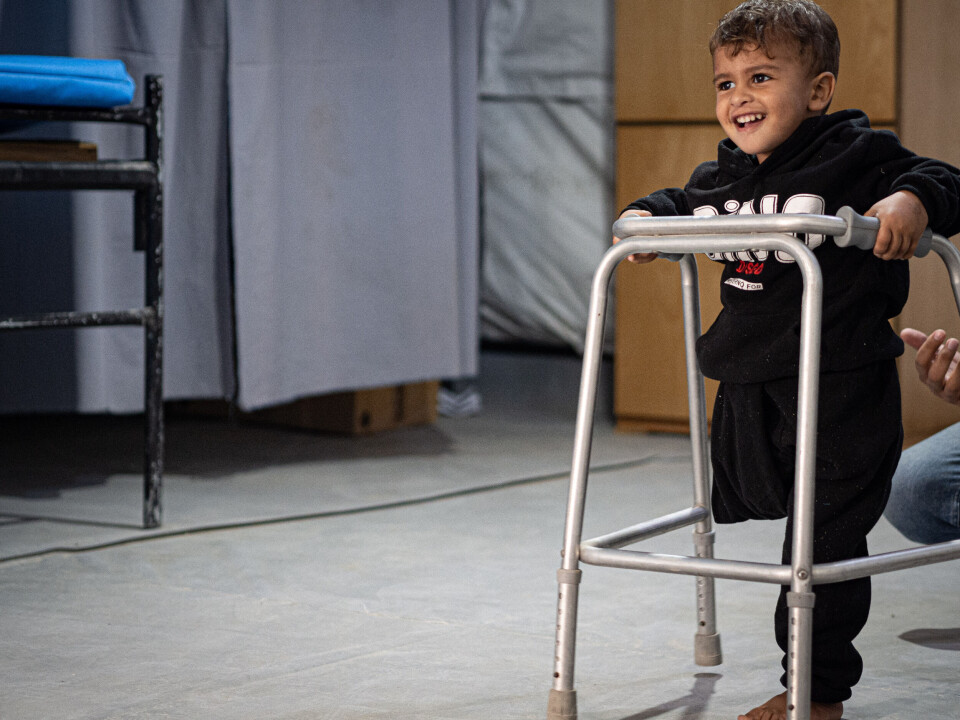
Rehabilitation amid Gaza’s ruins
Physiotherapist Osama Younis leads the rehabilitation team for the emergency medical aid organization UK-MED in the Gaza Strip. Every time he goes to work, his life is at risk.
This interview was conducted via Teams on Monday, July 7, 2025. Participants included physiotherapist Osama Younis, UK-MED’s Senior Health Rehabilitation Advisor Dr. April Gamble, and journalist for Fysioterapeuten, Tone Elise Eng-Galåen.
Younis is a 32-year-old Palestinian, married, with two children. Together with four other relatives, the family lives in a 40-square-meter space in the city of Khan Younis in southern Gaza. They moved there after their former home in Rafah, now part of the so-called “red zone”, was demolished and the area flattened by Israeli authorities.
At high risk
As a physiotherapist in Gaza, Younis treats patients under extremely challenging conditions. Leaving home to reach the UK-MED field hospital where he works is considered highly dangerous.
“Most people in Gaza have lost their homes, their land, and everything they once owned. Now they live in tents in overcrowded areas. Accessing basic necessities like food, water, and shelter is incredibly difficult. The pressure on us has increased, especially since the ceasefire ended in early March. This has affected peoples health, the environment, and every other aspect of life here,” says Younis.
High demand for professionals
Younis was born in Rafah. During his childhood, he suffered from pain in the back and neck. One day his father took him to a physiotherapist. After just a few treatments, the pain was significantly reduced.
“That’s when I started dreaming of becoming a physiotherapist myself,” he says.
He studied at Al-Azhar University in Gaza City and completed his internship at the European Hospital in Al-Fukhari in southern Gaza. He then worked for various local and international organizations. Although he initially planned to go abroad, he quickly realized the immense need for physiotherapy in his own community.
“Every war has left many people injured or permanently disabled. The need for professionals working inside Gaza was simply greater than elsewhere,” he says.
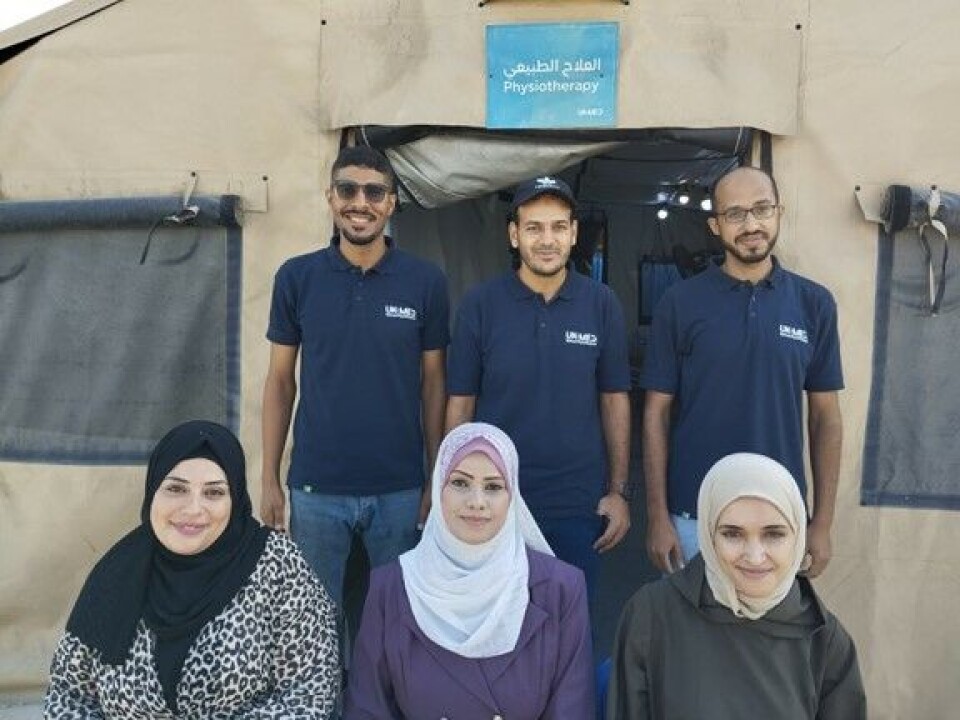
Few physiotherapists employed
Employed Aside from the Ministry of Health, most physiotherapists in Gaza are employed by local and international organizations. Around 1,000 physiotherapists are trained, but due to financial constraints and lack of funding for rehabilitation, only about 240 are currently employed.
Younis now works for UK-MED, a British aid organization that provides emergency medical assistance to people affected by conflict, sudden disasters, and disease outbreaks worldwide. The organization has existed for over 30 years and currently has more than 1,000 British and international healthcare workers registered and ready to deploy within 24 hours.
15,921 interventions
UK-MED has built two field hospitals in Gaza: one in Deir El-Balah and one in Al-Mawasi. These facilities receive around 1,500 patients daily and offer primary healthcare services and 80 inpatient beds. The hospitals include a maternity ward, two operating rooms, an emergency department, and an inpatient ward. Capacity fluctuates constantly. Since January 2024, UK-MED has conducted over 600,000 patient consultations, including treatments and surgeries.
The rehabilitation team consists of six Palestinian physiotherapists from Gaza. They work at both hospitals, treating outpatients and inpatients. So far, the team has carried out 15,921 rehabilitation interventions for a total of 1,013 patients. Of these, 112 were aged 0–12 years, 236 were aged 13–24 years, and 665 were aged 25 and older.
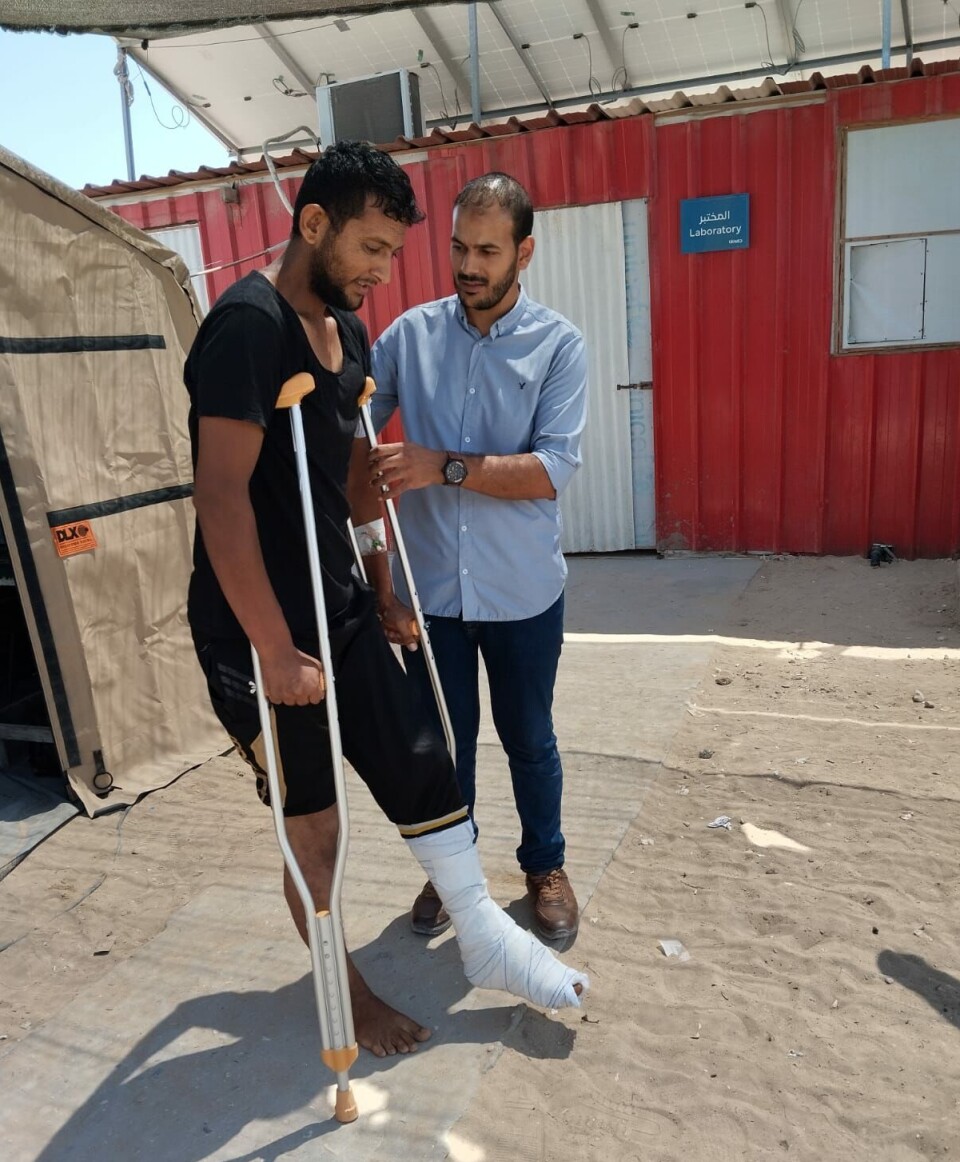
Seeking support from each other
The workday begins with a morning meeting. Teams are updated on new patients and referrals from the past 24 hours, as well as general situational updates. Then comes the morning round with doctors, after which the rehabilitation team members divide the day’s tasks among themselves. All work is documented, and the team discusses the patients they’ve followed up during the day.
Younis says they collaborate with the WHO-led Rehabilitation Task Force Group, which includes most local and international organizations providing rehabilitation services in Gaza.
“We hold regular meetings where each organization presents the challenges they face and what they’ve achieved. Through these meetings, organizations can also request support or assistance, such as help acquiring assistive devices or medical supplies needed for treatment,” he says.
A lack of everything
Most patients arriving at the hospitals have injuries caused by the ongoing conflict. These range from peripheral nerve damage, fractures, and spinal cord injuries to chest trauma and brain injuries.
“We also receive pediatric cases—newborns or infants with delayed motor development. One cause may be malnutrition, both in the pregnant mother and the child,” says Younis.
Since March 2025, an aid blockade from Israel has prevented sufficient food and medical supplies from reaching Gaza’s population of 2.1 million.
“We lack almost everything, including assistive devices that could improve mobility and independence for patients with various disabilities,” says Younis.
Overcrowded hospitals
He explains that some aid organizations, including UK-MED, have made agreements with local suppliers to produce assistive devices from old wood and cement.
“We’ve also started making some equipment ourselves, like dumbbells and other resistance tools, for example, filling sandbags for use in rehabilitation sessions,” says Younis.
Hospitals frequently receive casualties from airstrikes. The emotional toll on healthcare workers is also immense.
“Some cases are heartbreaking. We might receive an injured child who has lost their entire family, or a father who has lost everyone in his household. We reassure our patients that we won’t abandon them—we’re here to support them throughout the process,” says Younis.
Since the new emergency aid distribution system was introduced, the hospital has treated an increasing number of injuries from explosions and gunfire, reportedly occurring in and around the aid distribution areas.
“We’re seeing a large number of new injuries, so many that we sometimes run out of beds. We’ve also experienced all hospitals operating at full capacity due to the high number of injured patients,” says Younis.
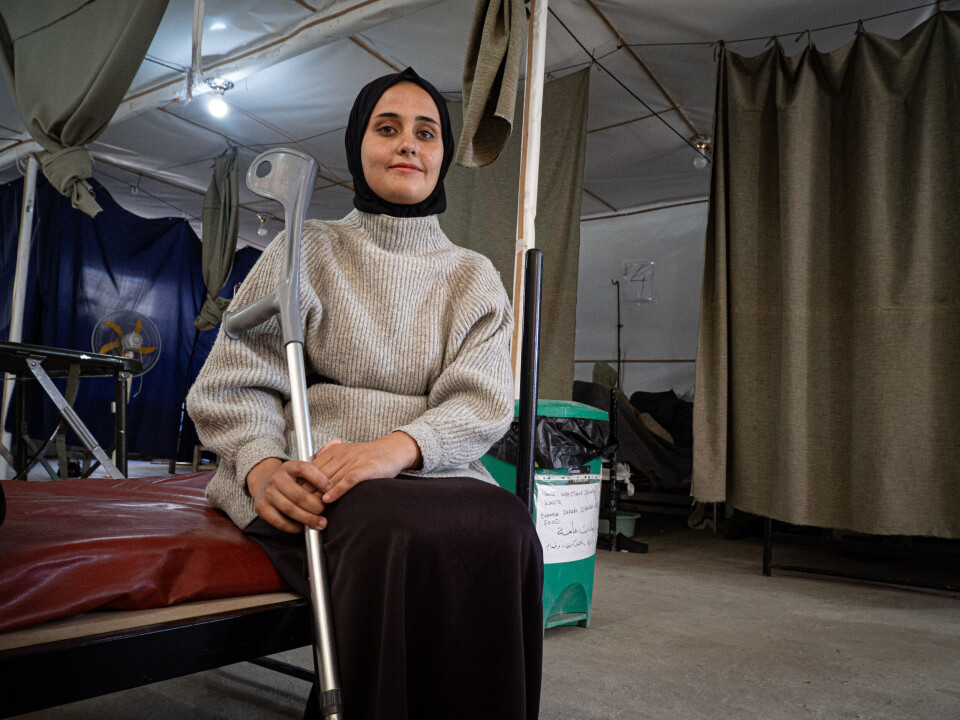
Rehabilitation brings hope
Amid all the horrors, there are still moments to cherish, small glimpses of hope. Younis shares the story of a young mother who, along with her husband and their only child, was injured in an accident caused by an airstrike.
“The accident caused a spinal cord injury that initially left her legs paralyzed. When she was discharged after nearly four months, she was able to walk independently with the help of a crutch,” Younis recounts.
Her husband and child received emergency treatment at another hospital. All three survived and were reunited with the rest of their family.
“These success stories give us the motivation and strength to keep going, to not stop or give up,” he says.
Calling for professional support
Younis finds it difficult to predict the future in the Gaza Strip.
“From a political perspective, since the beginning of the war we have demanded, and will continue to demand, that pressure be placed on the opposing side. The war and the Israeli occupation must end. The escalation has brought nothing but suffering to children, women, the elderly, and other vulnerable groups in society,” he says.
“What can physiotherapists from other parts of the world do to help those working inside Gaza?”
“They can help keep us professionally updated on the latest scientific findings in physiotherapy. At the moment, we have no access to education or international research. We also ask for professional support in specific rehabilitation processes, which would be of great help. The war presents us with challenges in certain diagnoses and complications,” Younis explains.
Continuing the effort
The acts of war leave behind countless physical injuries and disabilities, which will affect society for a long time.
“The rehabilitation we provide will be crucial for many in restoring hope and quality of life. This is the harsh reality. As physiotherapists, my colleagues and I will continue our efforts, God willing,” Younis concludes.
